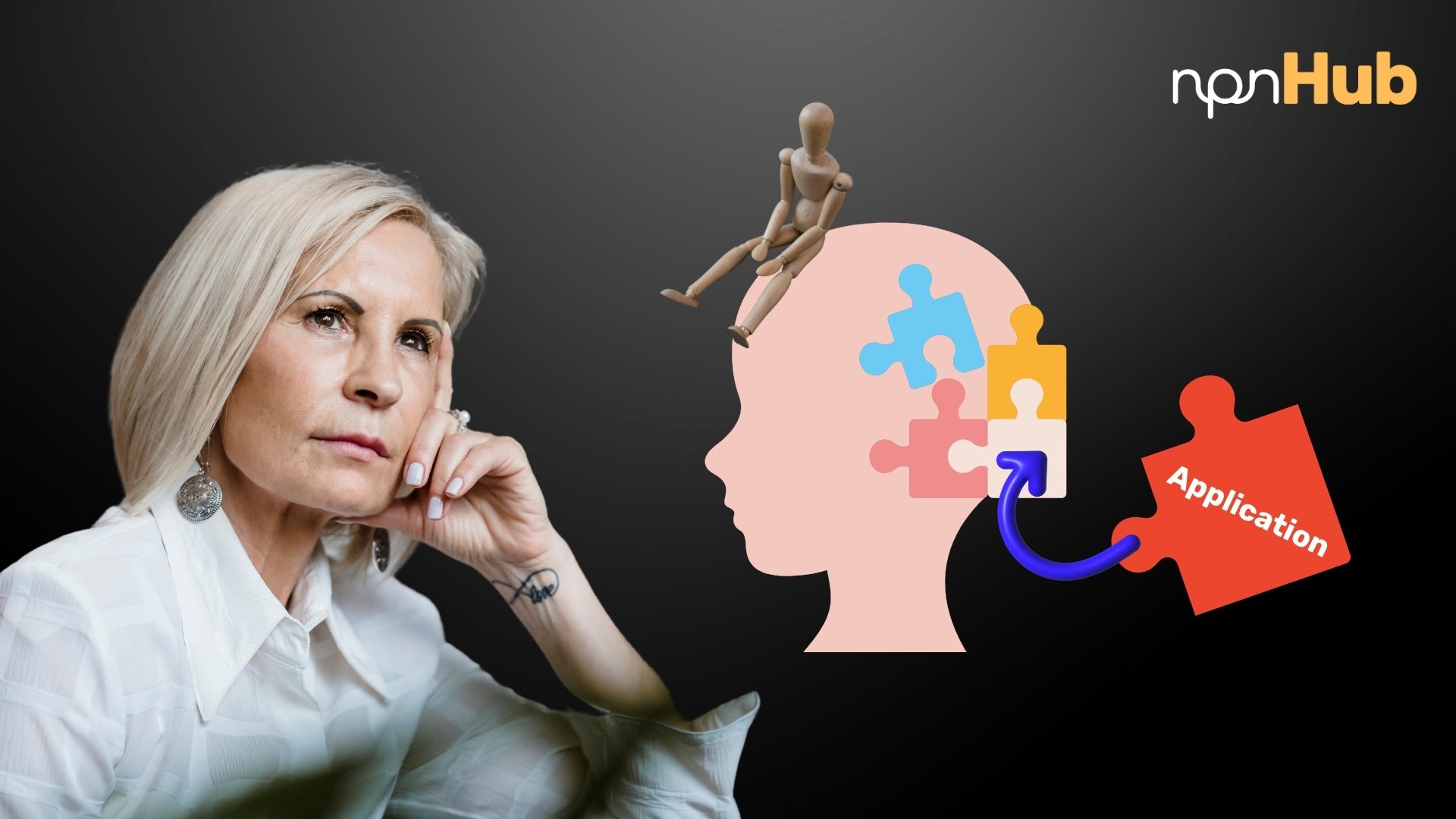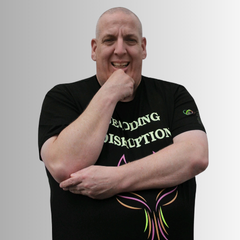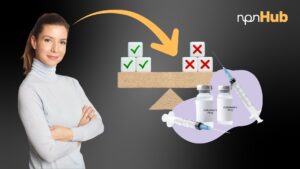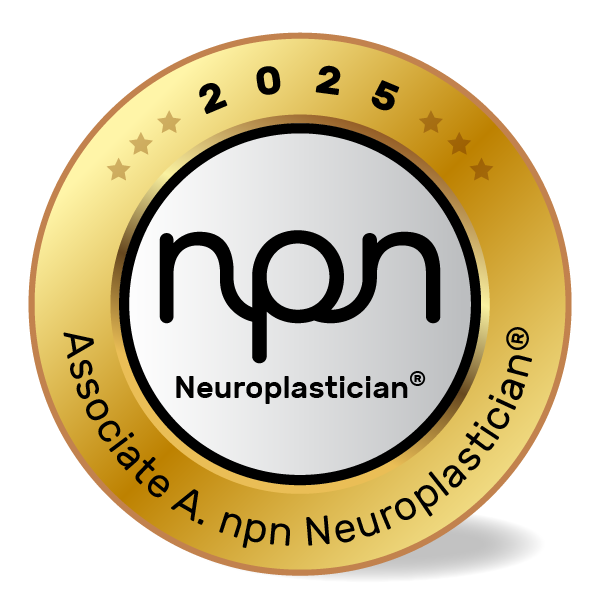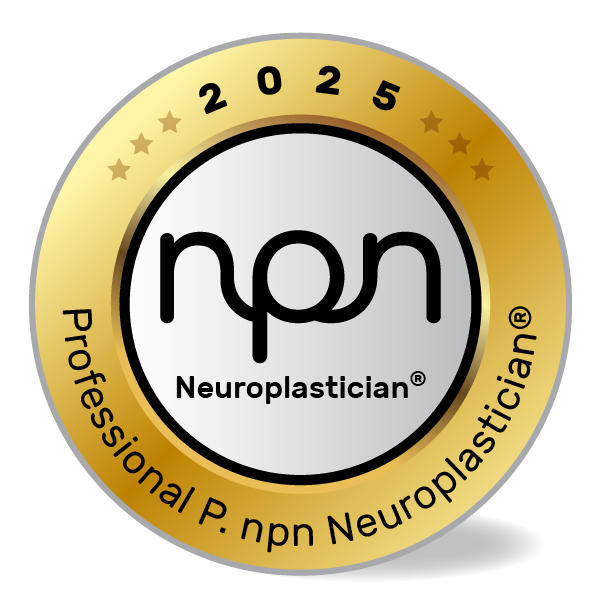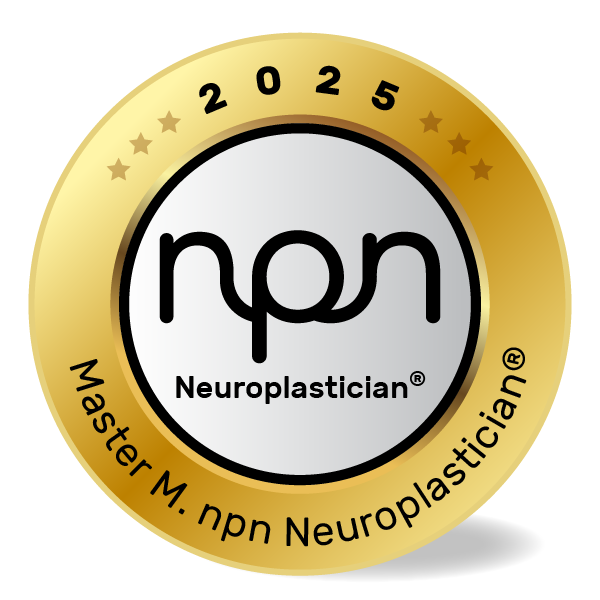How Unlocking the Subconscious Mind Transforms Coaching, Learning, and Behavior Change
npnHub Editorial Member: David Goodman curated this blog
Key Points
- The subconscious mind governs over 90% of our daily decisions and behaviors.
- Neuroscience shows that subconscious processing is faster and more energy-efficient than conscious thought.
- Patterns stored in the subconscious shape habits, emotional responses, and automatic reactions.
- Practitioners can use neuroscience-informed tools like visualization, repetition, and somatic anchoring to rewire subconscious responses.
- Understanding the subconscious helps improve client outcomes in therapy, coaching, education, and behavior change.
1. What is the Subconscious Mind?
Picture this: a coach is helping a client overcome public speaking anxiety. Each session seems to go well, but when it’s time for the client to step up and speak at a meeting, their body freezes and words vanish. “I know everything I’m supposed to say,” the client says. “Why can’t I say it?”
This is an illustrative story—demonstrating how the subconscious mind can override conscious intentions.
The subconscious mind refers to the mental processes that occur outside of conscious awareness but still influence thoughts, feelings, and actions. Unlike the unconscious (a term more common in psychoanalysis), the subconscious is semi-accessible—meaning with practice, we can bring its patterns into awareness and reshape them.
Neuroscientists like Dr. John Bargh at Yale University have shown that up to 95% of behavior is driven by subconscious processes, which include habitual motor actions, emotional associations, and belief systems shaped in early life (Bargh & Chartrand, 2008). These patterns are not fixed but can be rewired through neuroplasticity – making them powerful levers for coaching and therapeutic work.
2. The Neuroscience of the Subconscious Mind
In a recent session, a neuroplastician noticed something peculiar: her client, who was working on improving focus, kept reaching for their phone during silent pauses. There was no conscious intent to check notifications—it just happened. This prompted the practitioner to shift from cognitive tools to subconscious retraining.
Again, this is a fictional illustration meant to ground the science.
Neuroscientifically, the subconscious mind operates through the basal ganglia, a brain region involved in habit formation and automated behavior. Meanwhile, emotional memory is largely processed through the amygdala and hippocampus. These brain areas interact with the prefrontal cortex (which governs decision-making) but often act faster, especially under stress or fatigue.
For example, when a person reacts emotionally to a trigger without thinking, it’s the amygdala firing a pre-learned response stored subconsciously. Neuroscientist Joseph LeDoux has shown that these emotional circuits can activate in milliseconds, bypassing rational thought entirely (LeDoux, 2000).
This means that while conscious thought is important, most behavior change must begin by rewiring subconscious responses at their root—where speed and automation dominate.
3. What Neuroscience Practitioners, Neuroplasticians and Well-being Professionals Should Know About the Subconscious Mind
A wellbeing educator once shared this story: she had a student who always procrastinated. Traditional coaching didn’t help—until she explored a subconscious belief the student held: “If I finish, they’ll judge me.” The student didn’t even realize this belief was running the show.
Again, this is a storytelling device, not a scientific case study.
Practitioners working with behavior change often focus on conscious goal-setting, but neglect the subconscious beliefs, associations, and protective mechanisms that run the client’s internal operating system.
Subconscious processes govern emotional reactions, gut instincts, resistance to change, and habits. They are shaped by early experiences, culture, attachment patterns, and reinforcement. Because of their invisible nature, many professionals struggle with questions like:
- How do I help clients uncover subconscious blocks that sabotage their progress?
- What tools help shift long-held emotional associations or automatic habits?
- How can I rewire subconscious beliefs without retraumatizing clients?
Research from institutions like Stanford and Columbia University shows that visualization, repetition, and embodied practices can change subconscious patterns by creating new neural associations (Source). As these patterns are re-encoded, behaviors begin to shift—often without needing conscious willpower.
4. How the Subconscious Mind Affects Neuroplasticity
The subconscious mind is the engine of neuroplasticity. Every repeated thought, emotion, or action creates and strengthens neural connections—often without our awareness. This is why patterns like procrastination, fear of failure, or compulsive approval-seeking can feel so entrenched.
Repeated subconscious patterns activate Hebbian learning: “neurons that fire together, wire together.” If a person experiences anxiety every time they receive criticism, those neural pathways become strong, fast, and automatic. Over time, this becomes the default response—even if it’s maladaptive.
Studies like those from the University of California, San Diego, demonstrate that emotional learning and fear responses can be reshaped by reactivating memory traces in safe contexts, allowing the brain to update its wiring (Schiller et al., 2016).
This neuroplastic flexibility is the foundation of long-term transformation. By targeting subconscious programs, practitioners can help clients form new pathways that feel effortless rather than forced.
5. Neuroscience-Backed Interventions to Improve Subconscious Repatterning
Why Behavioral Interventions Matter
When subconscious patterns go unaddressed, change feels like pushing a boulder uphill. Even with the best intentions, clients relapse into old habits. Practitioners need strategies that go beneath the surface—activating neuroplasticity in the subconscious brain.
Consider a coach working with a high-achieving professional who self-sabotages before big presentations. Conscious planning isn’t the problem. The block is a subconscious fear of being seen.
The following interventions support deep, lasting change:
1. Somatic Anchoring
Concept: Anchoring new emotional states to body sensations activates subcortical pathways (amygdala and brainstem) involved in memory.
Example: A practitioner helps a client associate calm breathing with confidence before public speaking.
✅ Intervention:
- Teach clients to notice where emotions show up in the body.
- Practice linking desired states (calm, focused) to posture and breath.
- Use repetitive practice during safe, relaxed states.
2. Mental Rehearsal and Visualization
Concept: Visualizing actions activates the same neural circuits as performing them, reinforcing desired pathways.
Example: A neuroplastician guides a client to visualize handling conflict with calm confidence each morning.
✅ Intervention:
- Use detailed, multisensory mental imagery.
- Rehearse the desired behavior during relaxed states (e.g., after meditation).
- Repeat the visualization daily for 3–4 weeks.
3. Pattern Interrupts
Concept: Introducing surprise disrupts automatic subconscious reactions and creates a moment for rewiring.
Example: A coach uses humor or exaggerated gestures to interrupt a client’s habitual self-criticism.
✅ Intervention:
- Identify common thought spirals or habits.
- Create playful or novel ways to break the pattern (e.g., clapping, change of scenery).
- Immediately guide the client into a more resourceful state.
4. Language Reframing
Concept: Shifting inner dialogue changes cognitive schemas stored in the subconscious.
Example: A wellbeing coach notices a client says “I’m terrible with money.” They practice reframing it to “I’m learning to manage money wisely.”
✅ Intervention:
- Identify limiting self-talk and assumptions.
- Reframe into empowering, progressive language.
- Reinforce with journaling, affirmations, and guided self-talk exercises.
6. Key Takeaways
The subconscious mind silently shapes how we think, feel, and act—often in ways that override our best intentions. But the good news? It’s not fixed. Through repetition, somatic practice, and targeted interventions, neuroscience shows we can rewrite these internal scripts.
By integrating subconscious work into coaching and therapy, practitioners can unlock lasting transformation without resistance or burnout.
🔹 The subconscious drives over 90% of behavior—mostly outside of awareness.
🔹 Habits, emotional reactions, and beliefs are encoded in neural circuits through repetition.
🔹 Interventions like somatic anchoring and visualization access and reshape subconscious patterns.
🔹 Practitioners who work with the subconscious create more sustainable client change.
7. References
- Bargh, J.A. & Chartrand, T.L. (1999). The Unbearable Automaticity of Being. American Psychologist. PubMed
- LeDoux, J. (1996). The Emotional Brain. PubMed
- Schiller, D. et al. (2010). Preventing the return of fear in humans using reconsolidation update mechanisms. PubMed
- van der Kolk, B. (2014). The Body Keeps the Score. PMC
- Kosslyn, S.M. et al. (2001). Neural systems for imagery and perception. PubMed
- Beck, J.S. (2011). Cognitive Behavior Therapy: Basics and Beyond. PubMed
- Siegel, D. (2010). Mindsight: The New Science of Personal Transformation. Link

